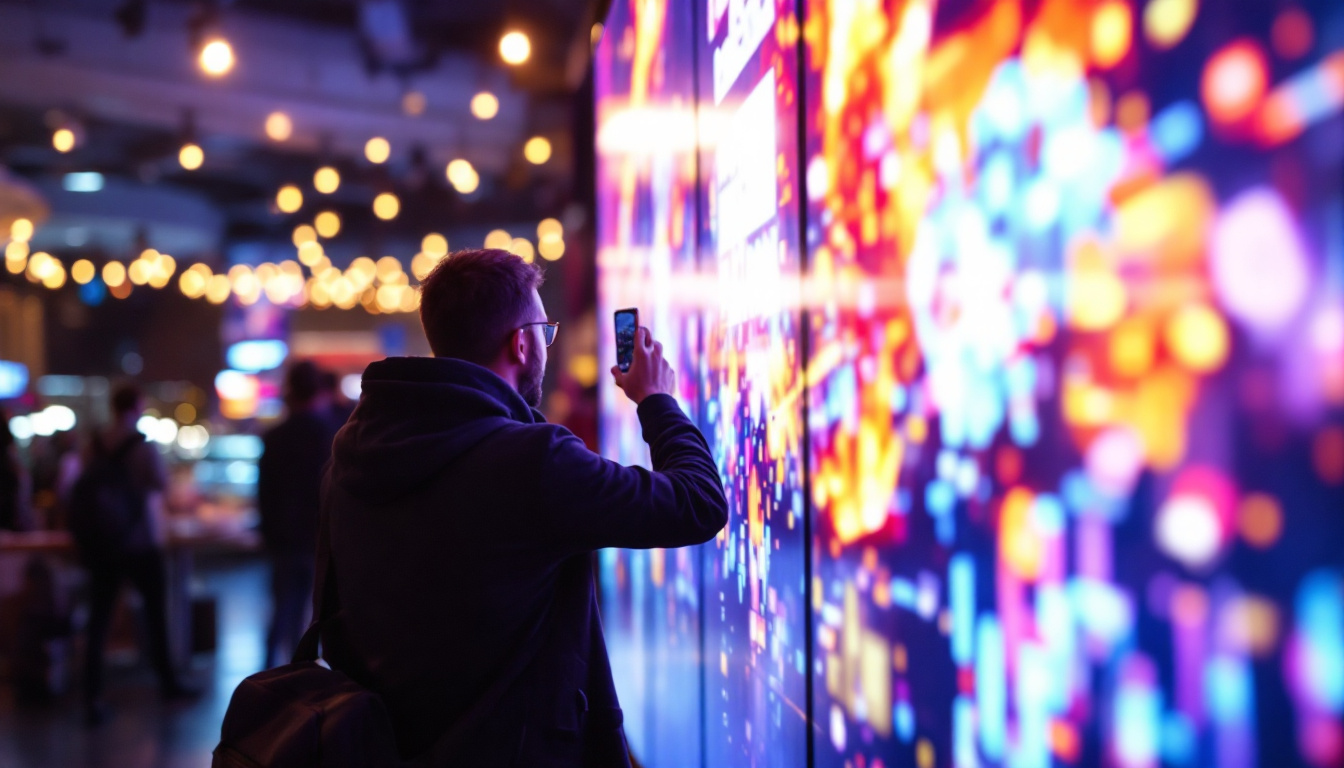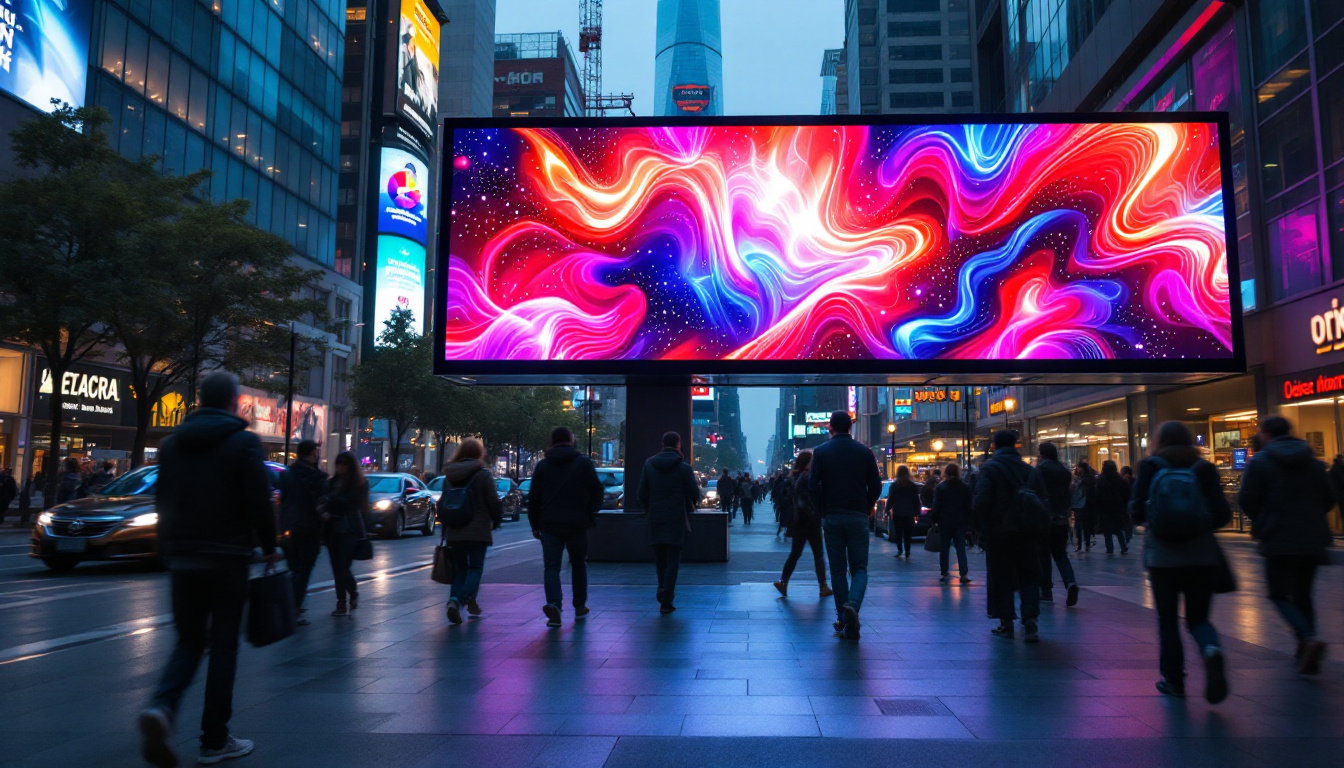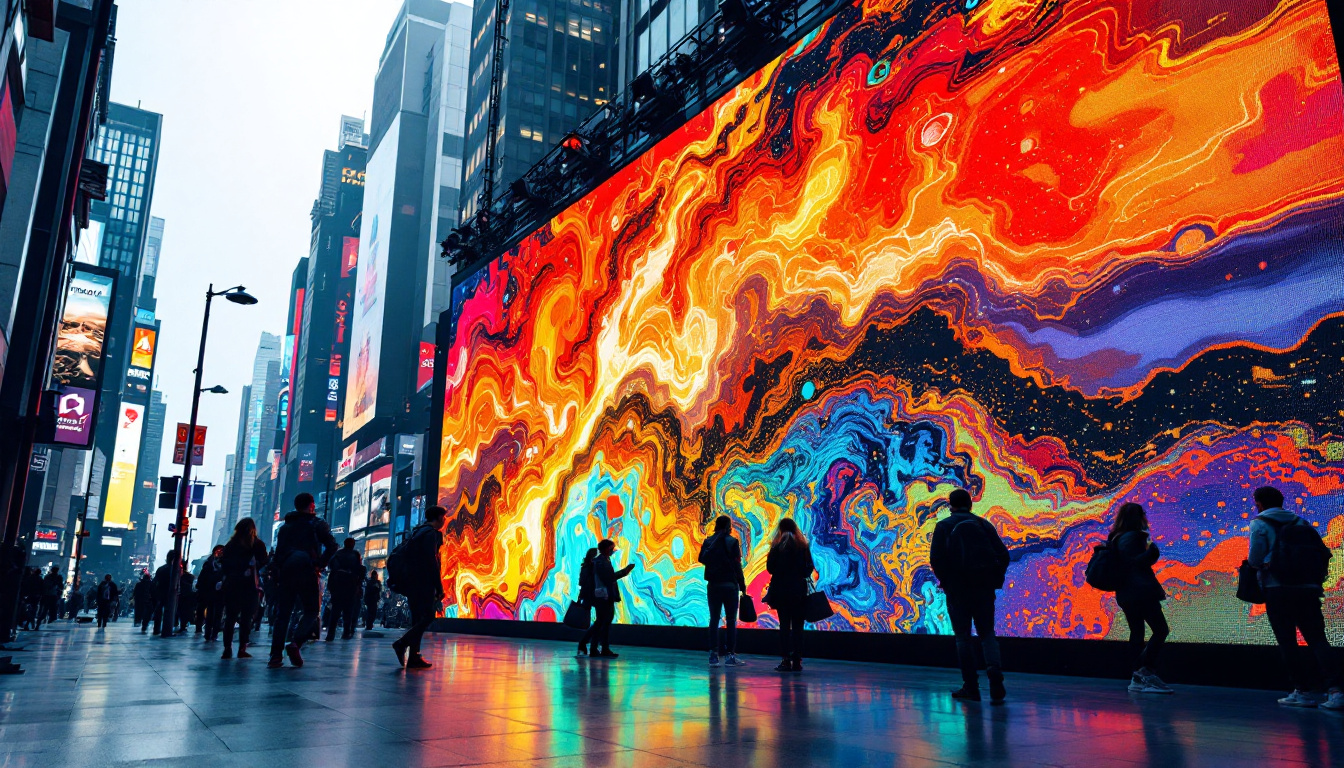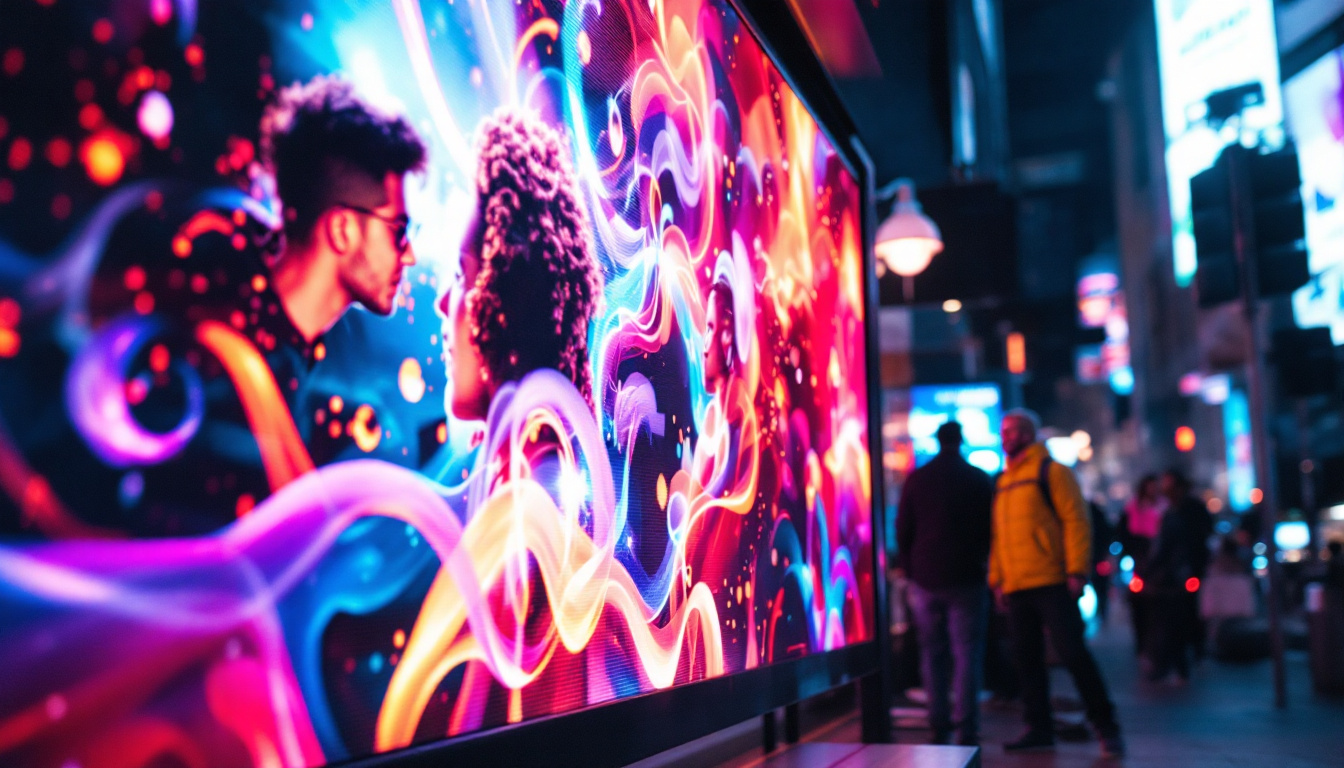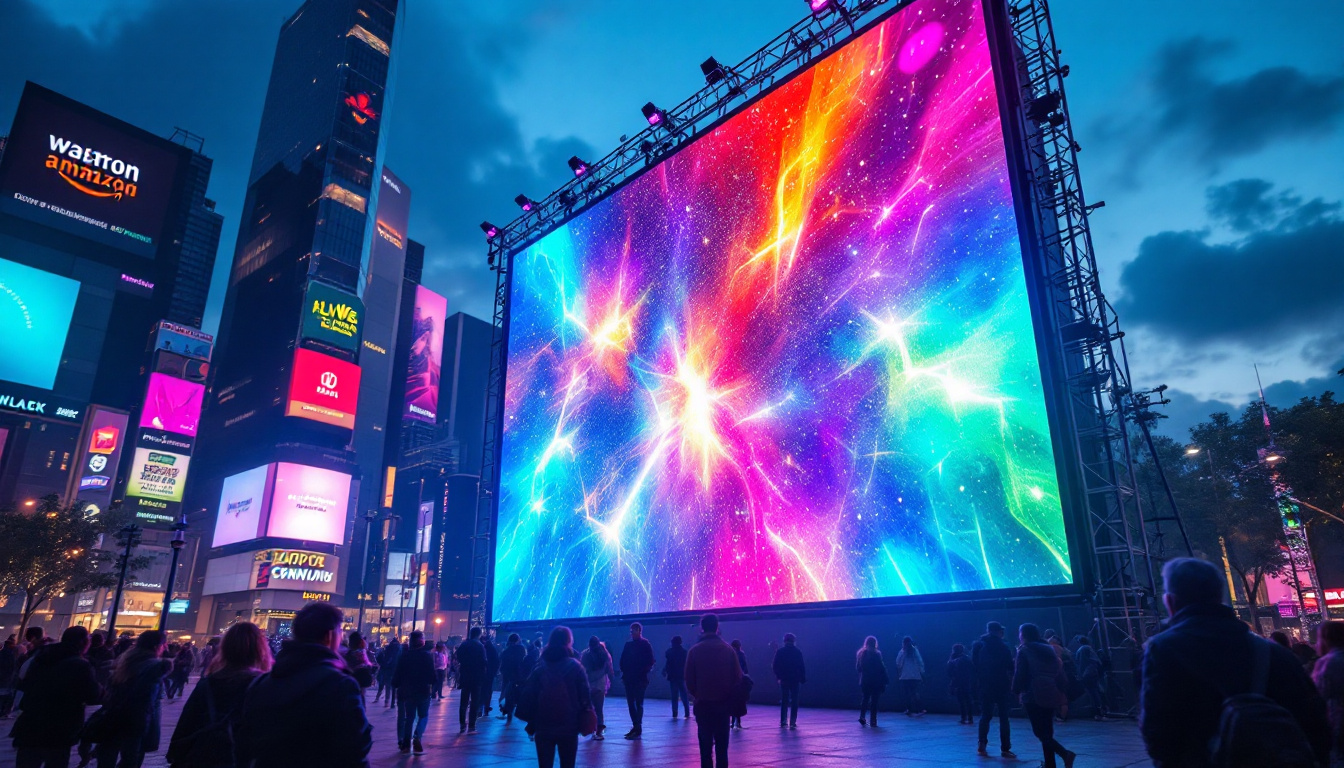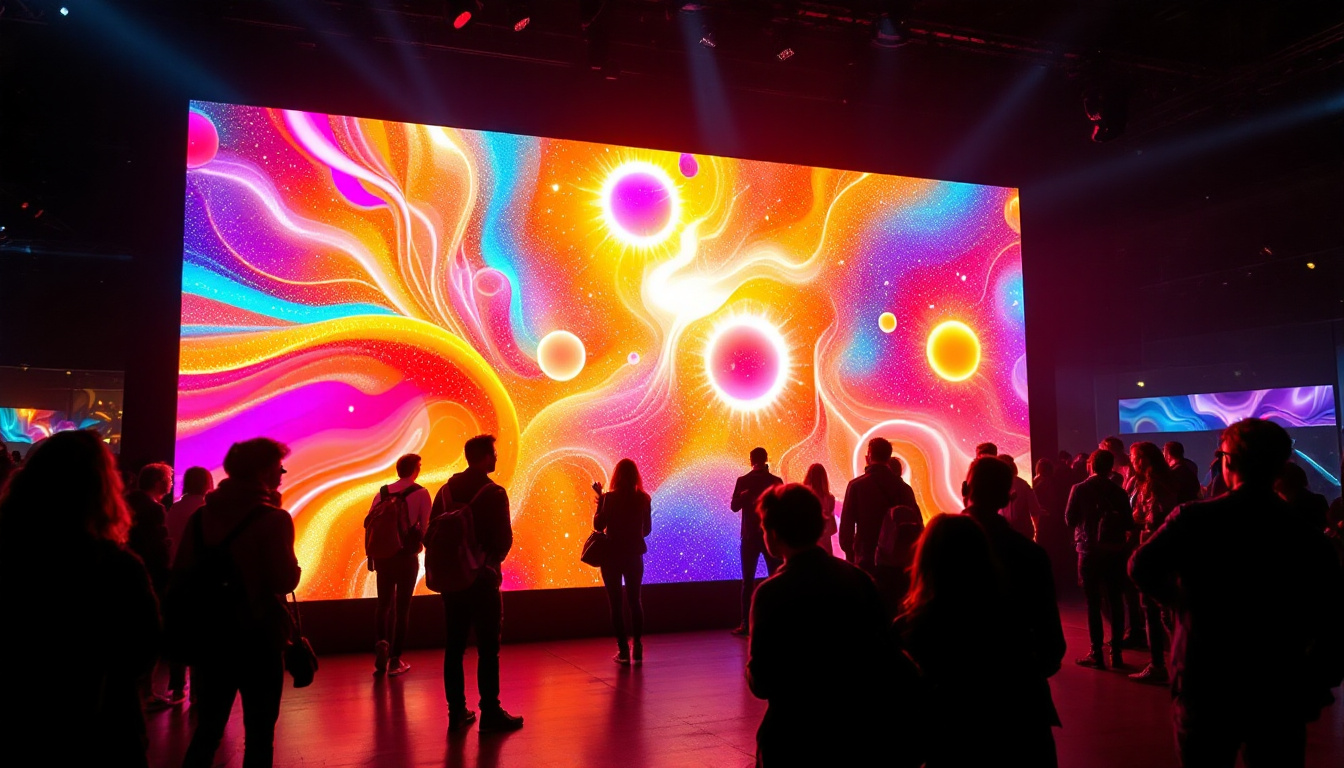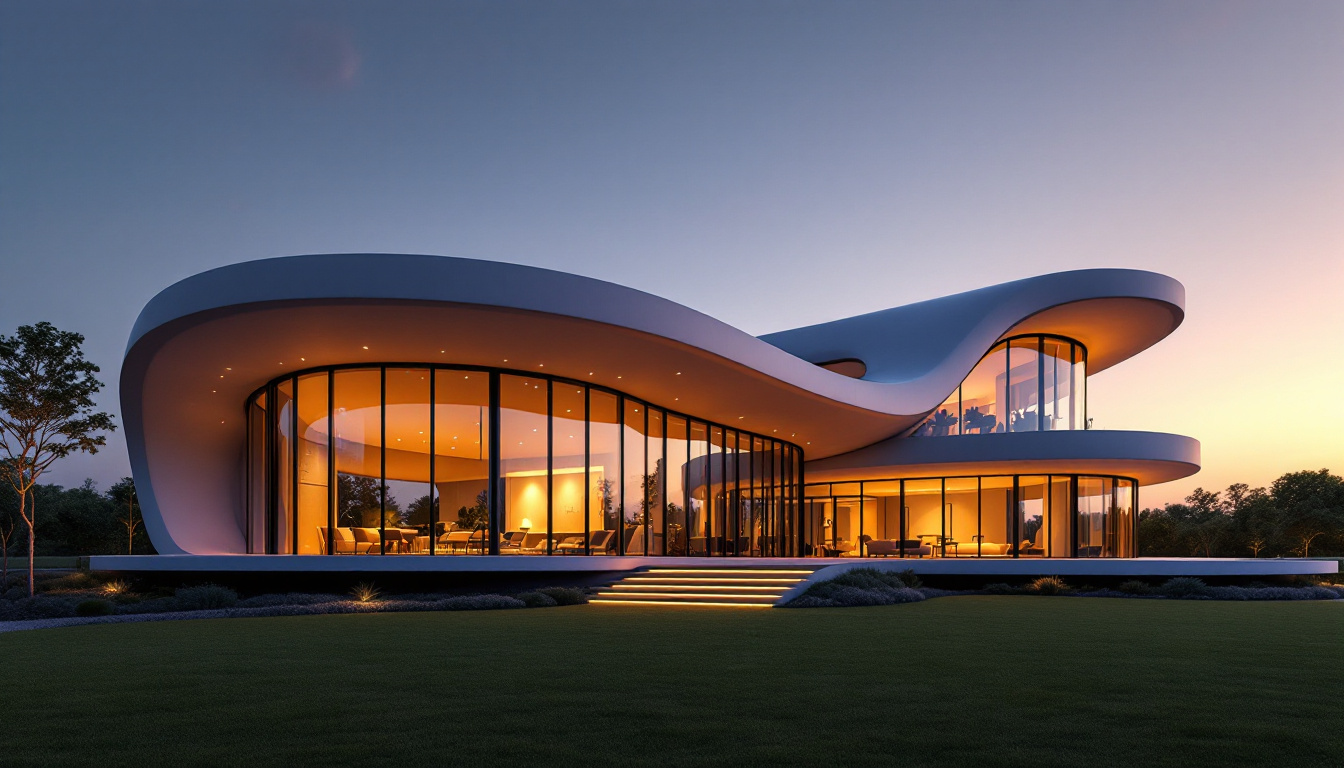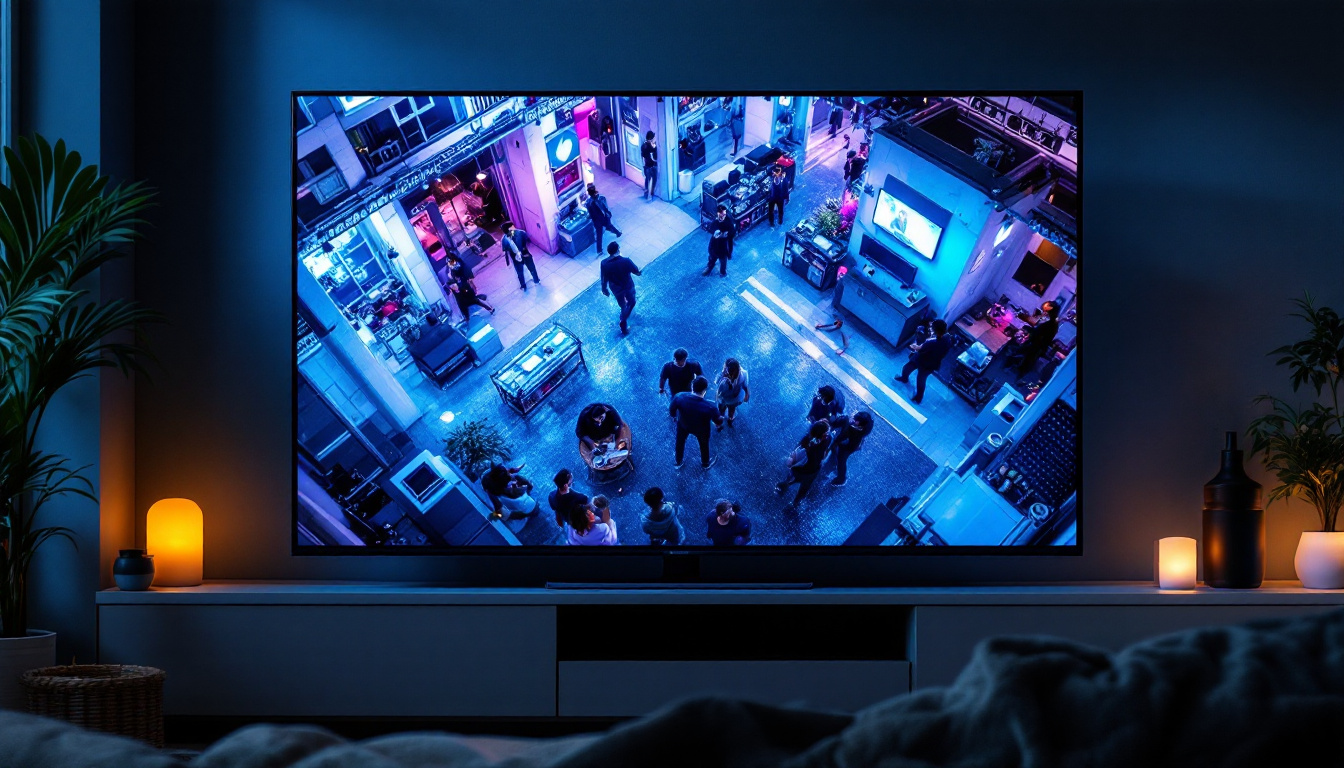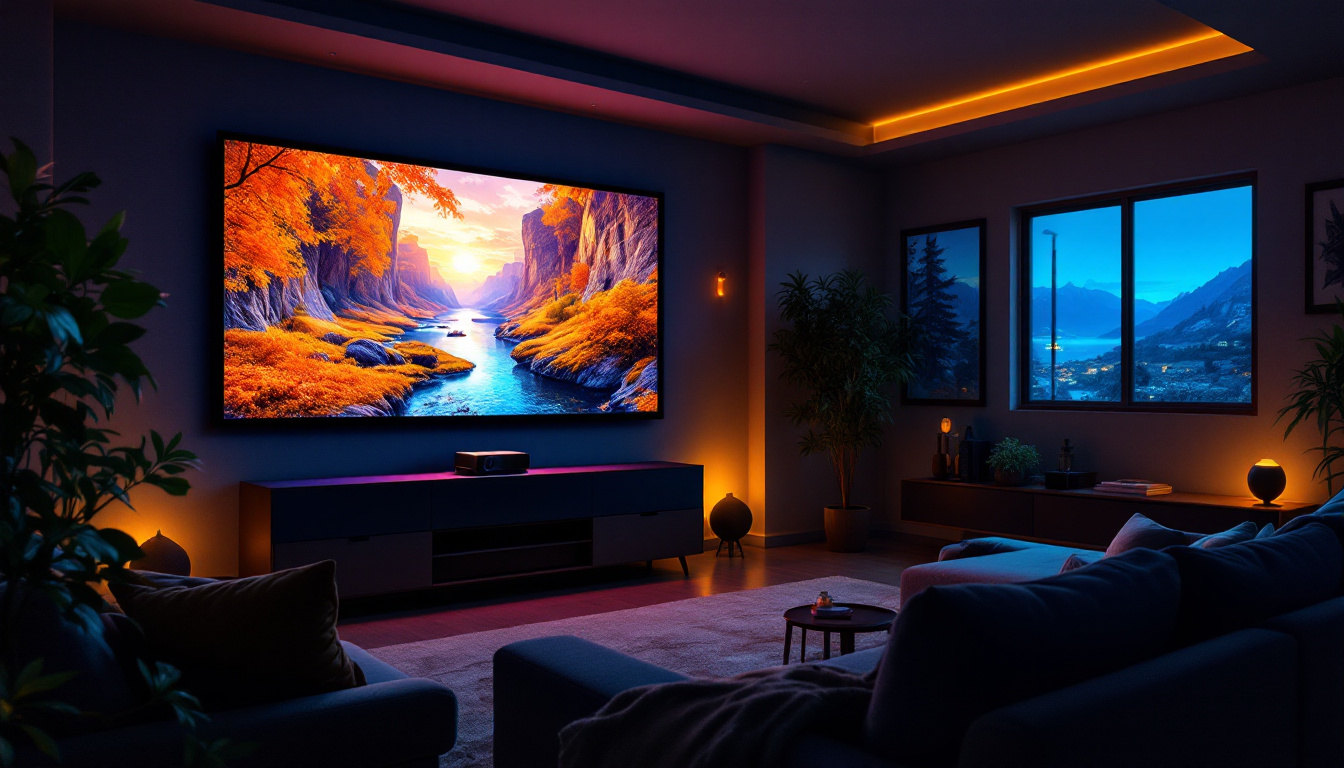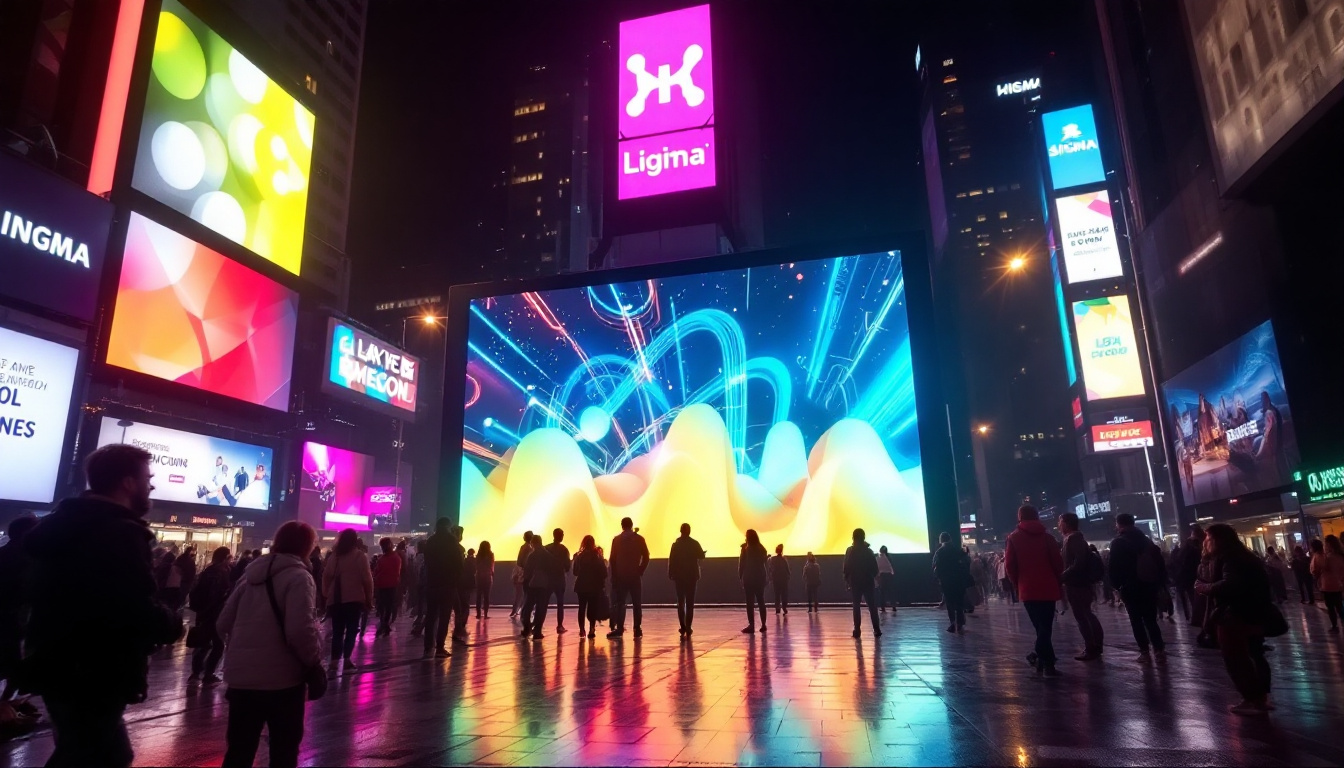Times Square in New York City is world-renowned for its dazzling array of digital billboards, known locally as “pantallas.” These massive LED displays have become an iconic symbol of the city’s vibrant energy and commercial prowess. But what exactly are these pantallas, how do they work, and why have they become such an integral part of urban advertising and entertainment? This article delves into the technology behind Times Square’s LED displays, their significance, and the future of digital signage in one of the busiest pedestrian hubs on the planet.
The Evolution of Times Square Pantallas
Times Square’s transformation into a neon-lit spectacle began in the early 20th century with traditional electric signs and neon lights. However, the shift to LED (Light Emitting Diode) technology in the late 20th and early 21st centuries revolutionized the visual landscape of the area.
LED displays offered advertisers unprecedented flexibility, brightness, and durability compared to older technologies like incandescent bulbs or neon tubes. By the early 2000s, LED pantallas started to dominate Times Square, replacing static billboards and mechanical signs with dynamic, full-motion video content that could be updated instantly.
This transition was not just about aesthetics; it represented a significant leap in advertising effectiveness. Digital screens allowed for real-time content changes, interactive campaigns, and even integration with social media, making Times Square a living, breathing canvas for brands worldwide.
Historical Milestones in Times Square LED Displays
One of the earliest and most famous LED installations was the Thomson Reuters sign installed in 2008, which showcased real-time financial data alongside news updates. This set a precedent for combining information dissemination with advertising in a visually compelling format.
In 2017, the introduction of the “One Times Square” LED screen, covering over 25,000 square feet, marked a new era of ultra-high-resolution displays that could be seen from blocks away. This screen alone uses over 24 million LEDs, highlighting the scale and complexity of modern pantallas.
As technology continued to advance, the incorporation of augmented reality (AR) into Times Square displays became a game changer. Brands began experimenting with AR features that allowed passersby to interact with the content in real-time, creating immersive experiences that blurred the lines between the physical and digital worlds. For instance, campaigns that invited people to take selfies with virtual characters or participate in live polls transformed the square into an interactive playground, engaging tourists and locals alike in unprecedented ways.
Moreover, the environmental impact of these displays has also been a topic of discussion. Many of the newer LED screens are designed with energy efficiency in mind, utilizing advanced technology to minimize power consumption while maximizing brightness and clarity. This shift not only reduces operational costs for advertisers but also aligns with broader sustainability goals, reflecting the growing awareness of environmental issues in urban settings. As Times Square continues to evolve, the balance between dazzling displays and ecological responsibility remains a crucial consideration for future developments.
Understanding LED Technology in Pantallas
At the core of every Times Square pantalla is LED technology, which uses semiconductor diodes to emit light when an electric current passes through them. Unlike traditional lighting, LEDs are highly energy-efficient, long-lasting, and capable of producing vibrant colors with remarkable brightness. This technology has revolutionized the way visual content is displayed, making it possible to create stunning visual experiences that captivate audiences in bustling environments.
How LED Displays Work
LED screens are composed of thousands to millions of tiny light-emitting diodes arranged in a grid. Each diode can be controlled individually to display a specific color and brightness level. By combining red, green, and blue LEDs at varying intensities, the screen can produce a full spectrum of colors. This precise control allows for dynamic imagery and video playback that can adapt in real-time to the surrounding environment, enhancing the viewer’s experience.
The resolution of an LED display depends on the pixel pitch, which is the distance between the centers of two adjacent diodes. A smaller pixel pitch means higher resolution and sharper images, which is crucial for large-scale displays viewed from close distances, like those in Times Square. As technology advances, manufacturers are continually pushing the boundaries of pixel density, leading to increasingly detailed visuals that can engage passersby in a way that was previously unimaginable.
Advantages of LED Pantallas
LED displays offer several key benefits that make them ideal for Times Square’s demanding environment:
- Brightness: LEDs can produce intense brightness levels, ensuring visibility even in direct sunlight or adverse weather conditions.
- Energy Efficiency: Compared to older technologies, LEDs consume significantly less power, reducing operational costs and environmental impact.
- Durability: LEDs have a long lifespan and are resistant to shock and vibration, essential for outdoor installations exposed to the elements.
- Flexibility: Content can be updated instantly, allowing advertisers to tailor messages to specific times, events, or audiences.
Moreover, the versatility of LED technology extends beyond mere advertising; it has found applications in art installations, live events, and even architectural lighting. The ability to create immersive environments with synchronized light and sound has transformed public spaces into dynamic canvases that engage and inspire. In Times Square, for example, LED pantallas are not just tools for advertising; they are integral to the overall aesthetic and atmosphere of the area, contributing to the vibrant pulse of the city that never sleeps.
Additionally, advancements in LED technology have led to the development of smart displays that can interact with viewers through sensors and connectivity. These displays can analyze foot traffic, adjust brightness based on ambient light, and even change content based on audience demographics. This level of interactivity not only enhances the effectiveness of advertising but also provides a more personalized experience for those who encounter these digital canvases, making LED pantallas a cornerstone of modern urban engagement.
The Impact of Times Square Pantallas on Advertising and Culture
Times Square pantallas have reshaped not only advertising but also the cultural identity of New York City. Their influence extends beyond commercial messaging to become part of the urban experience itself.
Advertising Innovation and Economic Impact
With over 330,000 pedestrians passing through Times Square daily, the pantallas offer advertisers unparalleled exposure. According to recent industry reports, digital billboard advertising in Times Square commands premium rates, with some spots costing upwards of $1.1 million for a single day during peak events like New Year’s Eve.
This high visibility has encouraged brands to invest heavily in creative, high-impact campaigns that leverage motion, sound, and interactivity. The ability to update content in real-time also means advertisers can respond instantly to market trends or breaking news, making the pantallas a dynamic marketing tool.
Times Square as a Cultural Landmark
Beyond commerce, the pantallas have become part of the cultural fabric of Times Square. They serve as a backdrop for countless films, television shows, and live events, symbolizing the energy and diversity of New York City. The annual New Year’s Eve ball drop, surrounded by these glowing screens, is watched by millions worldwide, underscoring their iconic status.
Moreover, the pantallas have been used for public service announcements, art installations, and social campaigns, demonstrating their versatility and role in civic engagement.
Technical Challenges and Maintenance of Times Square LED Displays
Maintaining the integrity and performance of Times Square’s pantallas involves overcoming significant technical challenges. The displays operate 24/7 in a harsh urban environment, requiring constant upkeep and innovation.
Weather and Environmental Factors
Times Square experiences a wide range of weather conditions, from scorching summer heat to freezing winter temperatures, along with rain, snow, and pollution. LED displays must be engineered with robust weatherproofing and cooling systems to prevent damage and ensure consistent performance.
Maintenance and Upgrades
Regular maintenance includes cleaning, replacing faulty LEDs, and software updates to optimize display quality. Given the scale of these screens, maintenance crews often work during off-peak hours to minimize disruption.
Technological advancements also drive periodic upgrades. For example, the adoption of higher resolution panels and improved color calibration systems helps maintain the visual impact and competitiveness of the pantallas.
The Future of Times Square Pantallas
As LED technology continues to evolve, so too will the pantallas of Times Square. Emerging trends suggest a future where these displays become even more immersive, interactive, and integrated with digital ecosystems.
Integration with Augmented Reality and AI
Augmented reality (AR) technologies may soon allow passersby to interact with pantallas through their smartphones or wearable devices, creating personalized advertising experiences. Artificial intelligence (AI) can analyze real-time data such as crowd demographics and weather to tailor content dynamically, enhancing engagement and effectiveness.
Sustainability and Energy Innovations
With growing emphasis on sustainability, future LED displays are expected to incorporate more energy-efficient components and renewable energy sources. Innovations like transparent solar panels integrated into the display structure could help offset power consumption, aligning with New York City’s ambitious climate goals.
Expanding Beyond Advertising
Times Square pantallas may increasingly serve as platforms for artistic expression, community storytelling, and emergency communication. The potential to transform urban spaces into interactive media environments opens new possibilities for public engagement and cultural enrichment.
Conclusion
Times Square pantallas are much more than just giant advertising screens; they are technological marvels that embody the spirit of innovation, commerce, and culture in one of the world’s most iconic urban spaces. Understanding the LED technology behind these displays reveals the complexity and ingenuity involved in creating such captivating visual experiences.
As the technology advances and the role of digital signage expands, Times Square will continue to shine as a beacon of modern urban life, where technology and creativity converge to captivate millions every day.
Illuminate Your Brand with LumenMatrix
As you marvel at the technological wonders of Times Square’s pantallas, imagine the possibilities for your own brand. LumenMatrix, a pioneer in LED display technology, offers a spectrum of innovative solutions tailored to bring your vision to life. From the bustling streets to the heart of your business, our Indoor and Outdoor LED Wall Displays, Vehicle LED Displays, and more, are designed to captivate and engage your audience. Embrace the future of visual communication and check out LumenMatrix LED Display Solutions to create your unforgettable visual experience.



